Securing Your Dirt Bike
General Information · 15-10-2025
General Information · 15-10-2025
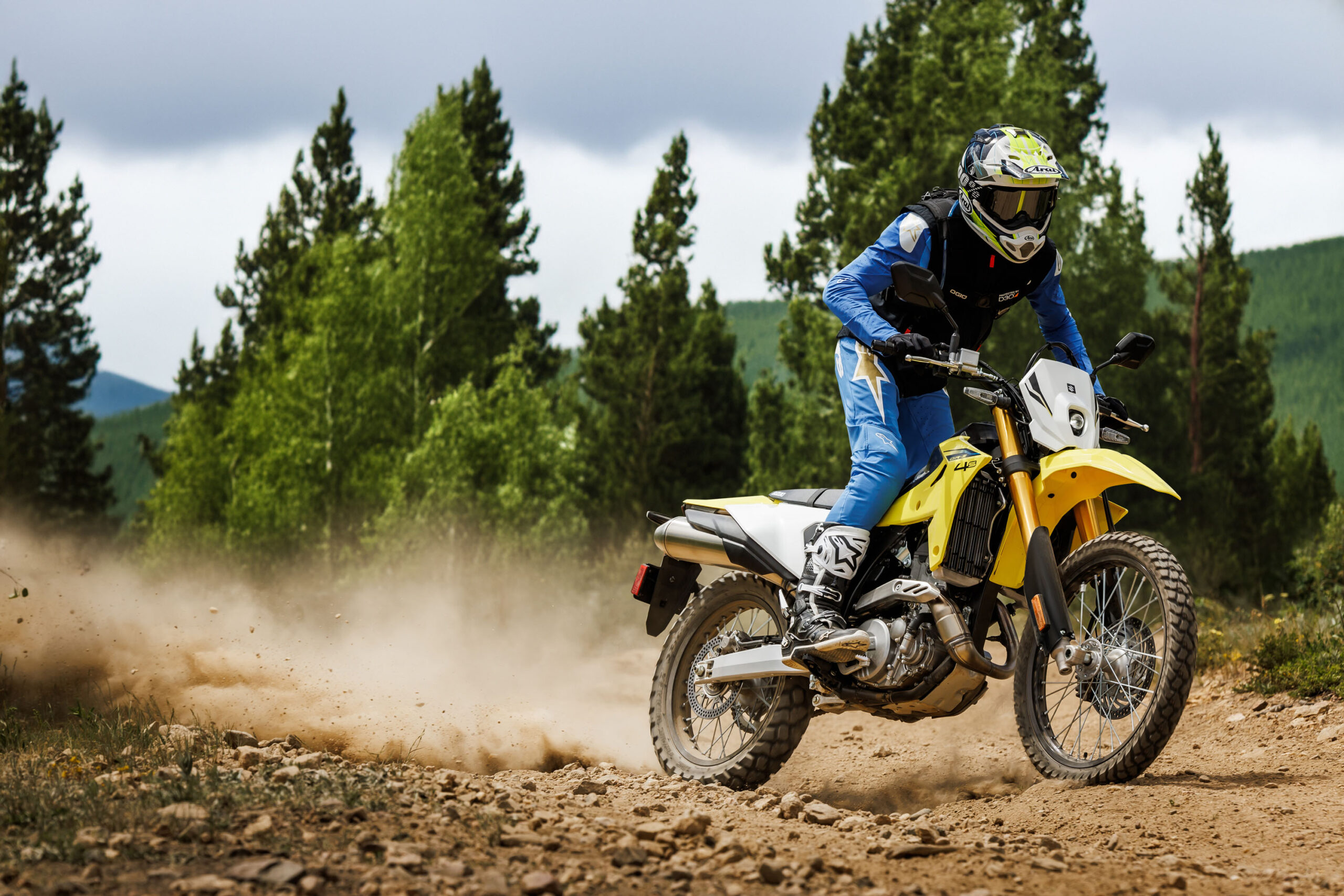
When I was a kid, my beloved 1980 Suzuki RM80 got nicked one day while nobody was home. I was 13, and I have never forgotten the feeling of arriving home from school to see the garden shed door ripped off and my RM gone. I spent weeks riding my BMX around the local area hoping to find my bike, but I never did, and my parents could not afford to replace it… That lesson hit home hard and now, 35-years later I am still ultra paranoid about bike theft… Don’t go through what I did, stay alert. Here are some of our tips…
Whether you’re out exploring single track, tearing up the MX track, or just watching your kids ride their minibikes, dirt bikes are a major investment, but sadly, also one of the easiest targets for theft Down Under. Australia is one of the biggest off-road markets in the world, and where there is demand, unfortunately there is theft…
Stolen dirt bikes are an ever-growing problem across Australia, and very little has been done by manufacturers over the past four decades to help make them less of an easy target when compared to the now much more secure road segment, where manufacturers have implemented alarms, immobilisers and sophisticated electronics to keep them much more secure and harder to sell on for thieves.
It only takes a few seconds for your dirt bike to disappear. Worse still, if it’s a competition-only motocross bike with no rego or compliance plate, it may be impossible to trace. That’s why securing your dirt bike is essential and that includes being smart about how and where you store it, as well as what you say about it online and in public.
Dirt bikes are lightweight, easy to transport, and, as most of them don’t even have a key or ignition switch, quick to start, which makes them an ideal target for thieves. Even with locks and chains, a determined crew can lift one into a van in under a minute. And many get nicked at race meetings and ride days, amazingly, which makes things even trickier… You really need to be on the ball. Motocross bikes can be problematic because they may not appear on a national database of stolen vehicles, as they are not a registerable vehicle.
That means even the police may not know whether a dirt bike is stolen if there’s no report logged against its VIN or engine number. If you haven’t kept your records, there may be no way to prove it’s your bike or even trace it if someone else buys it, and if you are a buyer, it can be difficult to confirm whether you are buying a stolen or legitimate MXer, the same deal goes for minibikes.
It’s a harsh reality, but one worth remembering: once a stolen dirt bike is gone, chances of recovery are slim. So, prevention is everything, and you need to be vigilant.
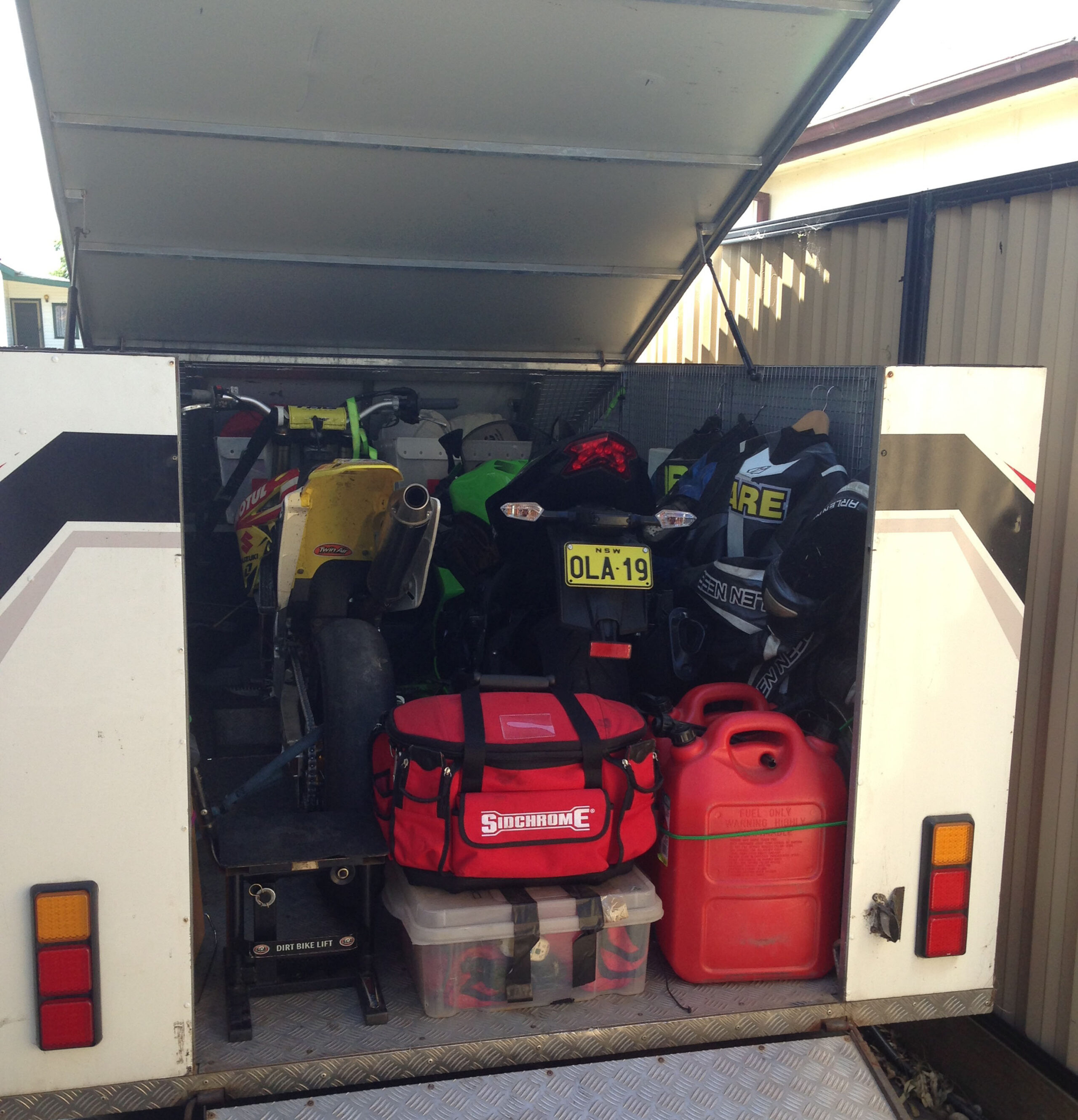
• Open trailers or utes left in driveways, hotels or front yards.
• Unlocked or poorly secured sheds and garages, especially in quiet suburban areas.
• Motel stays on riding trips, where bikes are left out overnight.
• Public online ads or social media posts showing photos of your bike in your driveway or garage, or thieves posing as customers buying your bike.
• Follow-home thefts, thieves trail you after a day of riding.
• Scouting local areas for visible bikes, trailers or sheds with poor security.
In many cases, the thief has seen your bike before the theft happens. They’ve seen you ride it, spotted your trailer, or followed your social media. That’s why the number one rule.
of security is: be paranoid.
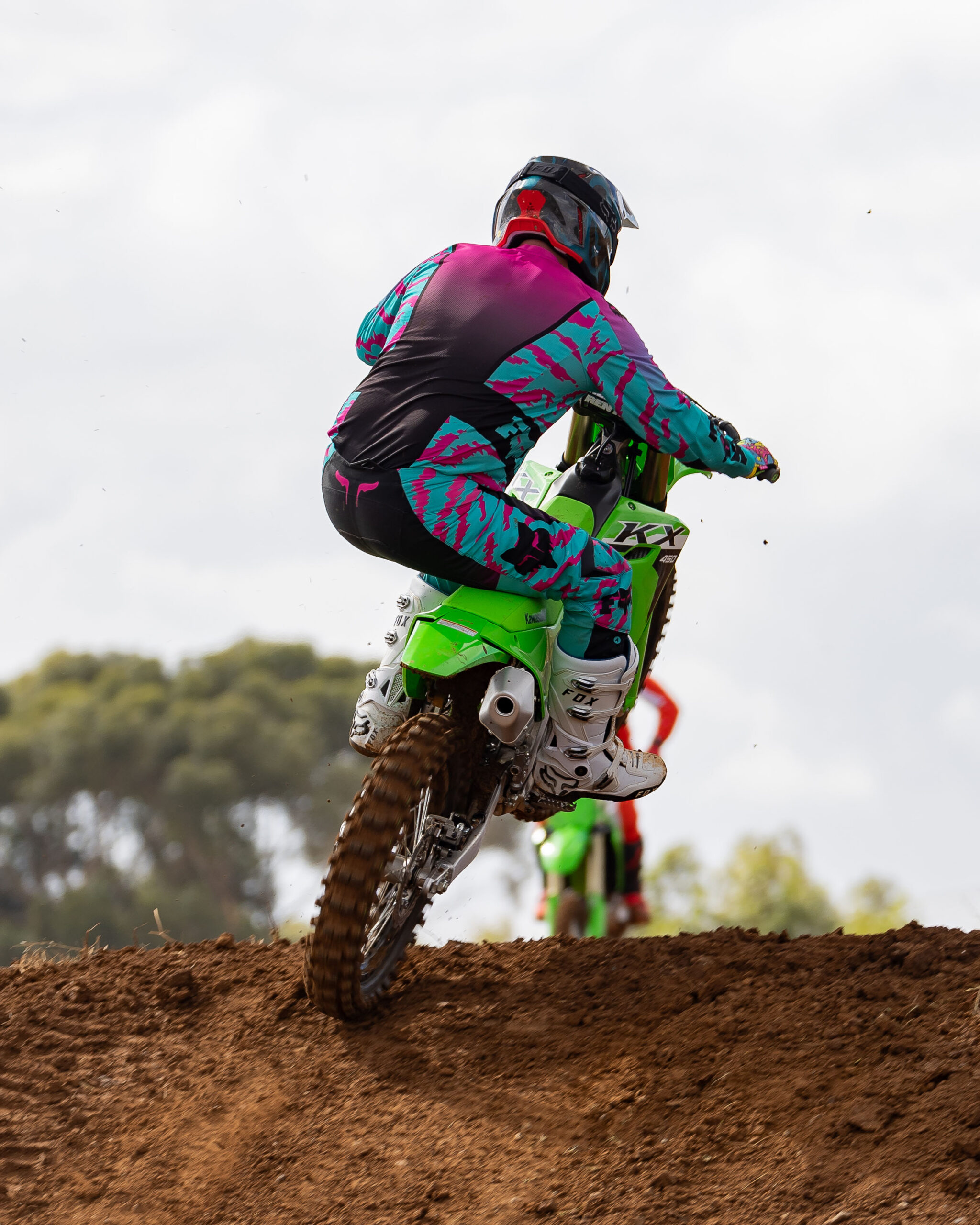
Many riders think they’re covered, but dirt bike insurance can vary greatly depending on how the bike is stored, used, and insured. Talk to us if you feel you need to, (many of us here at NMI are off-road riders too), and check what’s covered and what isn’t, we can explain it in plain terms for you.
Here are some things insurers may expect or consider:
• Storage: Was the bike stored in a locked structure? Was the garage or shed secure and properly locked?
• Security devices: Ground anchors, chains, alarm systems and other measures can reduce premiums or affect claim eligibility.
• Proof of ownership: Insurers need proof the bike was yours. Keep your receipt, registration (if applicable), and serial numbers documented.
• Ride use: Some policies are void if the bike is used for competition or on the road when not permitted, talk to your insurer if you are unsure.
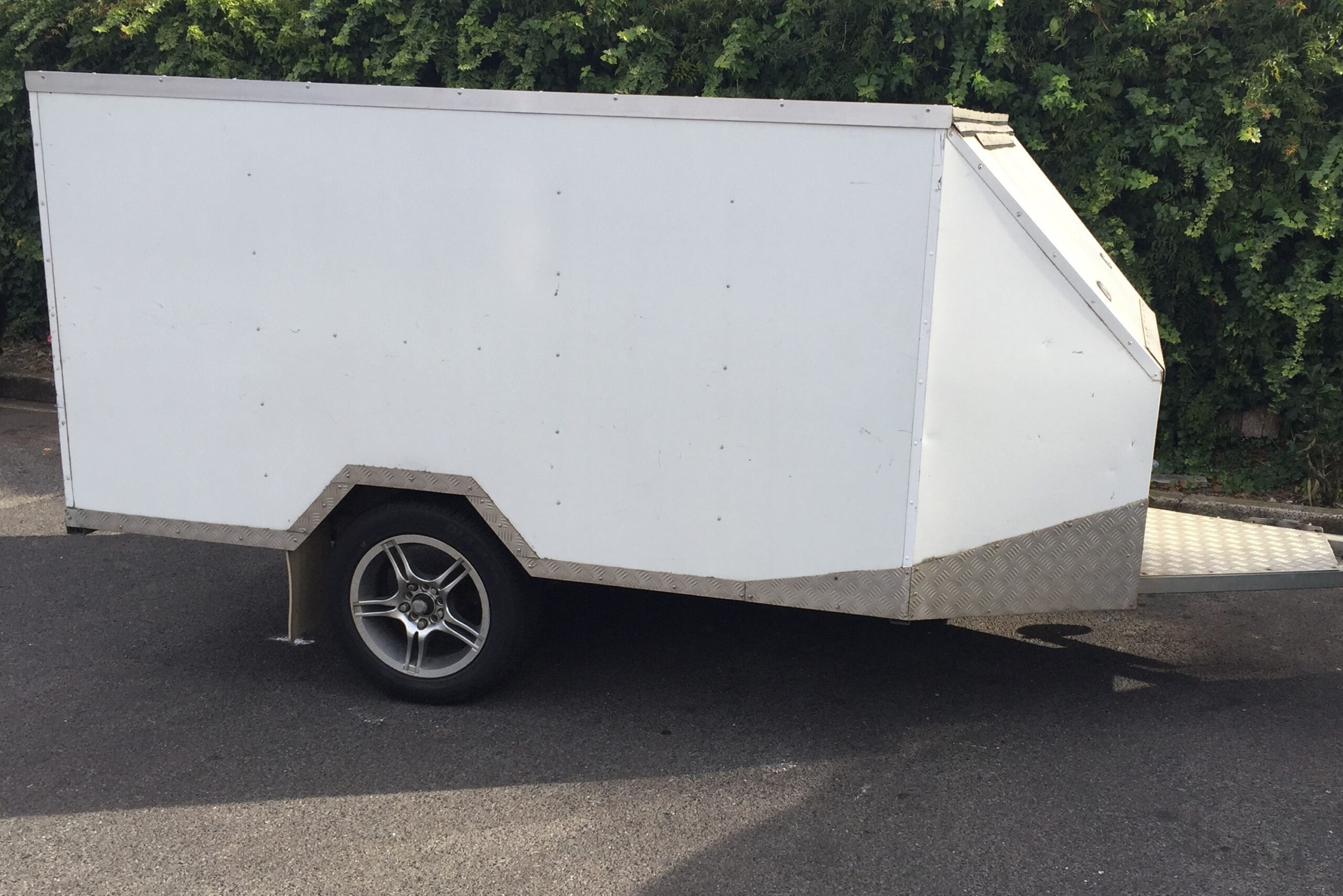
Motocross bikes are particularly high-risk. Being unregistered and often sold with minimal paperwork, they’re harder to trace and more attractive to thieves. Once stolen, they often vanish into parts or rural areas where checks are minimal.
If police don’t have the VIN or engine number on file, they may not even be able to confirm if the bike is stolen. That’s why keeping your own records and securing your bike always is critical.
Dirt bike theft is rampant, and unfortunately, no one is immune. But with the right attitude and precautions, you can reduce the risk drastically. Be private. Be smart. Be paranoid. Because someone is out there looking for an easy target, don’t let it be your bike. If you love your dirt bike,
protect it like it’s worth its weight in gold… because it is, especially an old RM80X!
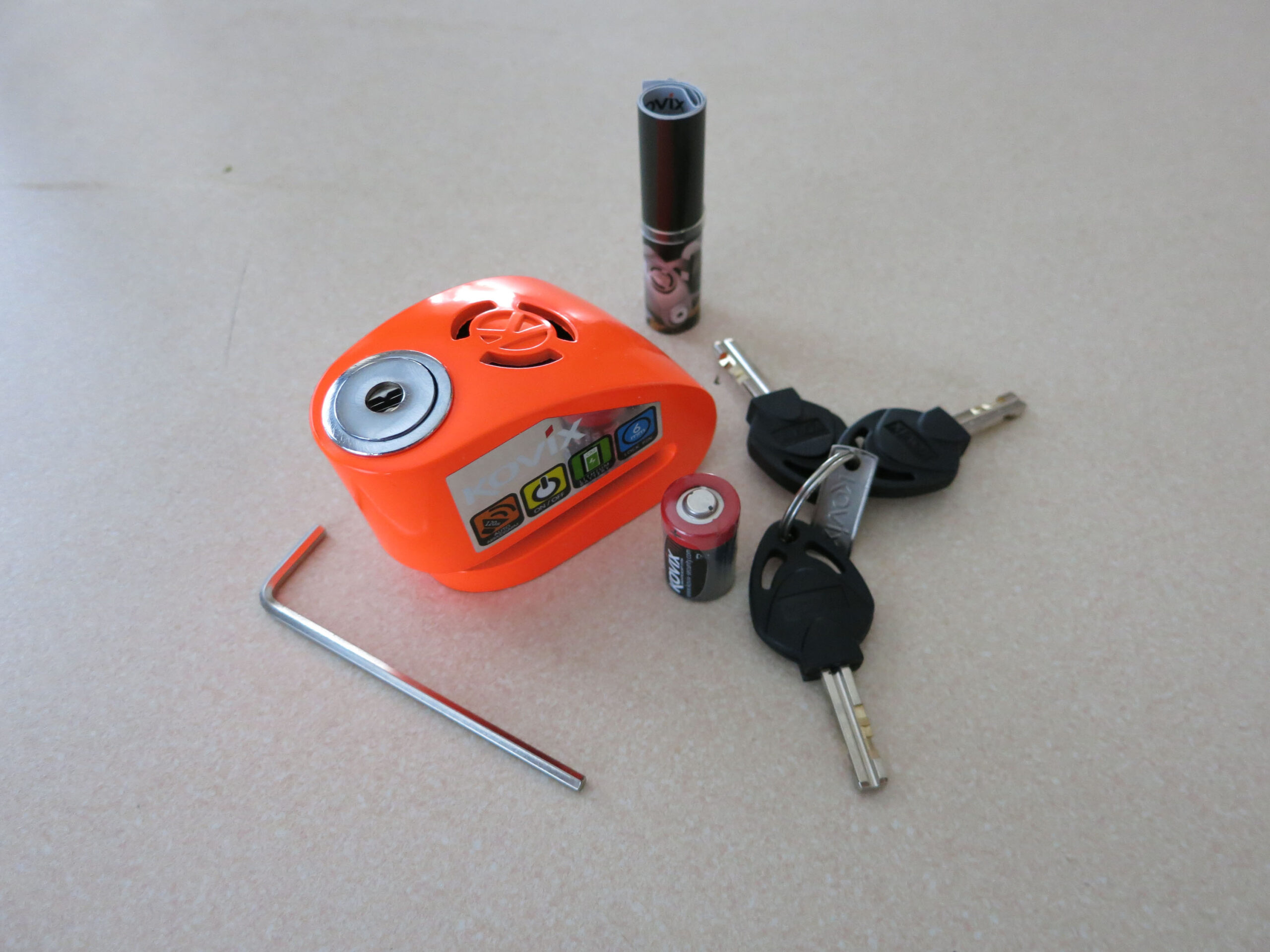
1. Keep Your Bike Out of Sight
• Don’t wash or tune your bike where the public can see.
• Don’t leave it on display in the driveway or garage with the door up.
• Don’t park your trailer (even when empty) out the front of your home unless absolutely necessary.
• If you’re coming home from a ride, do a few laps of the block before stopping, especially if you suspect someone may have followed you.
2. Be Quiet on Social Media
• Never post your address or home location alongside bike pictures on a public page.
• Don’t advertise your gear or bike on local community pages.
• Avoid sharing ride-day photos that show your number plate, house, or street signs.
3. Meet Buyers in Public
If you’re selling a dirt bike, meet prospective buyers in a neutral location like a car park or servo. Don’t bring them to your house if you can help it and avoid giving out your full address. Many thefts are the result of fake buyers scoping out homes.
4. Involve the Whole Household
• Teach kids not to talk about your bikes at school or to strangers.
• Remind family and friends to be careful about sharing photos or information.
• If you have multiple bikes, avoid discussing the details in front of anyone you don’t know and trust.
5. Invest in a Good Dog
It sounds simple, but a dog that barks at strangers is one of the most effective deterrents you can have. Most thieves will quickly move on to an easier target when they hear barking.
6. Use Quality Locks and Anchors
• Lock your bike inside the garage or shed using a heavy-duty chain and anchor point.
• Add a disc lock or alarmed padlock for a secondary line of defence.
• Store the key somewhere separate and secure.
• If you’re using a trailer, lock the drawbar, wheels and tailgate.
Make it hard work.
7. Improve Trailer and Transport Security
Never leave your bike on a trailer overnight, even if it’s
locked. An enclosed trailer is a much safer option. On
road trips, park your trailer against a wall or pole and
chain it in place, and park your car in with a second car
if you can. Better yet, bring the bikes inside or stay in
accommodation with secure parking.
8. Use Tech Tools
• GPS trackers are cheap and incredibly useful for recovery.
• Motion sensors and smart alarms can notify you instantly.
• Even fake security cameras or warning signs can help spook thieves.
9. Record Everything
Take high-resolution photos of your dirt bike, including VIN and engine numbers, as well as any identifying features or stickers. Keep these on file in case of a theft as they may be your only hope for recovery.
Also, write down key details like make, model, year, and colour. Share this information with your insurer when taking out cover.
10. Check Your Setup Regularly
Thieves often tamper with locks or scout your setup before the actual theft. If your lock looks damaged or your shed latch seems off, don’t ignore it. Assume it’s a warning.